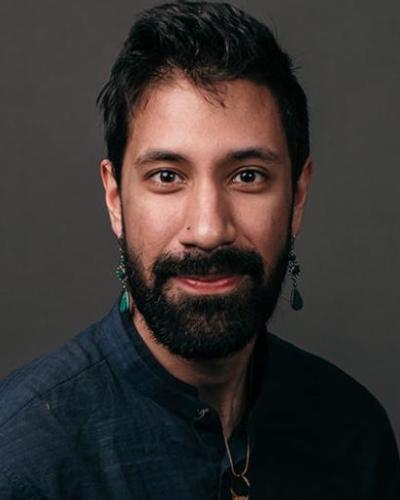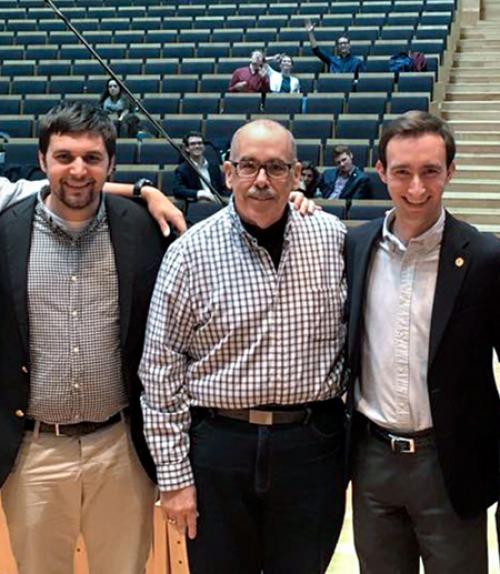
 Department Homepage
The College of Arts & Sciences
Department Homepage
The College of Arts & Sciences
Recorded on tour, singers bring Sierra’s music home
The Cornell University Glee Club and Chorus perform on a new CD of works composed by Roberto Sierra, the Old Dominion Foundation Professor in the Humanities.



